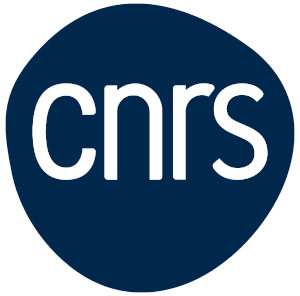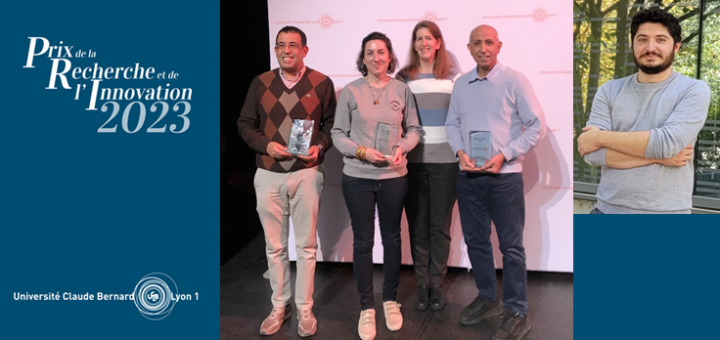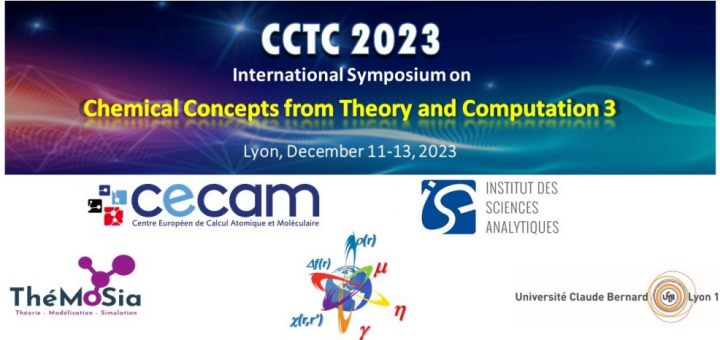Introduction
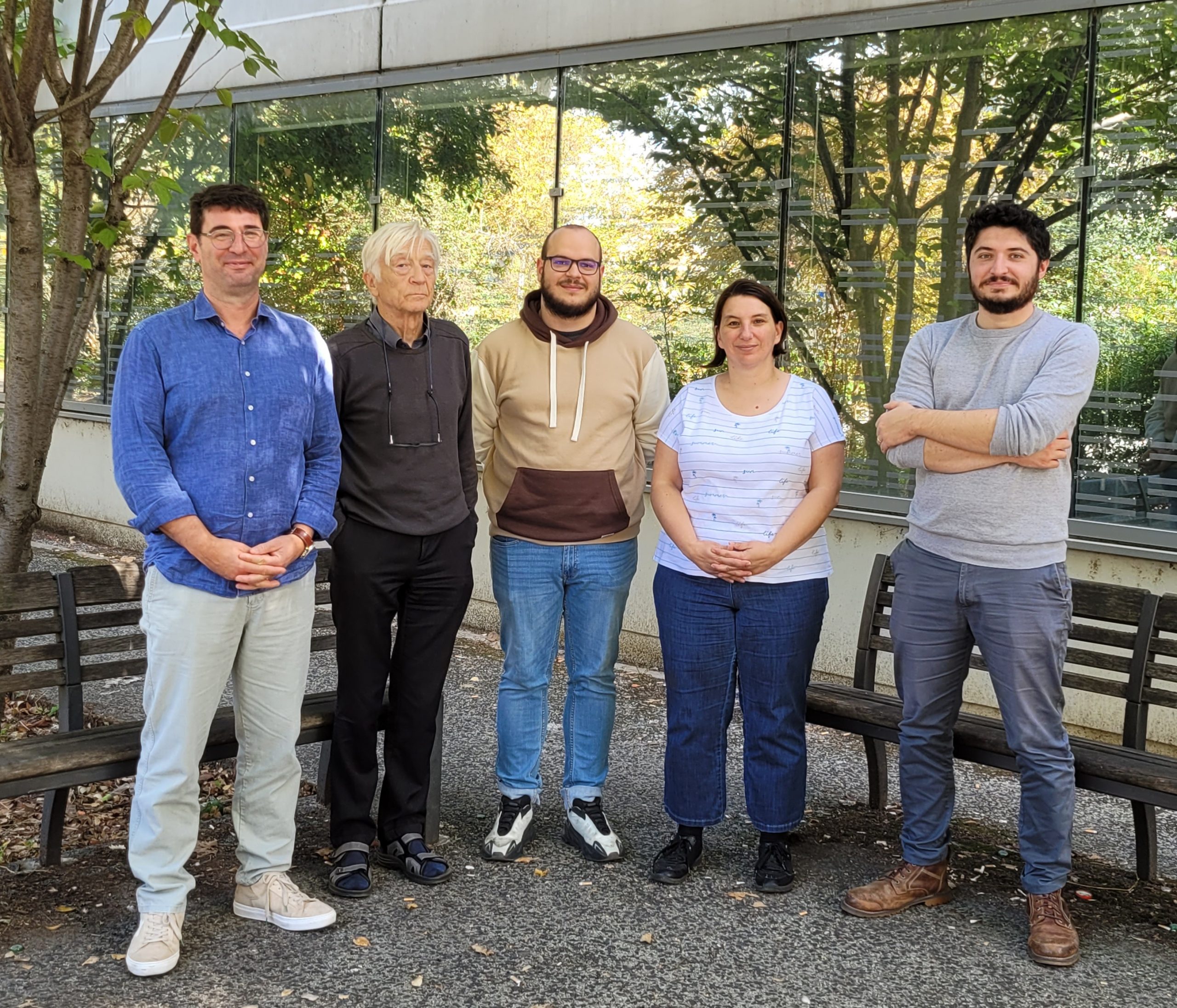
Au sein de l’Institut des sciences analytiques, l’équipe CTIA (Chimie Théorique et Intelligence Artificielle) s’érige comme une équipe multidisciplinaire fusionnant la chimie théorique, la modélisation moléculaire et les outils d’apprentissage automatique.
Axes de recherche
L’équipe CTIA (Chimie Théorique et Intelligence Artificielle) s’engage dans une variété de domaines de recherche au croisement de la chimie, de la modélisation, de l’intelligence artificielle et de la formulation. L’équipe reste ouverte à de nouvelles collaborations multidisciplinaires et à des partenariats novateurs. Nos principaux axes de recherche comprennent :
Chimie Théorique et Modélisation : nous développons des modèles physico-mathématiques semi-quantitatifs pour comprendre, interpréter et à terme prédire la réactivité chimique (DFT Conceptuelle). Nous explorons les mécanismes réactionnels, la structure des molécules et les propriétés chimiques (descripteurs de réactivité) à l’aide de méthodes de modélisation avancées (chimie quantique) pour une compréhension approfondie des mécanismes physico-chimiques.
Intelligence Artificielle pour la Chimie : nous développons des algorithmes d’intelligence artificielle et des outils de machine learning sur mesure pour l’analyse et la prédiction de données chimiques, de spectres expérimentaux ou bien directement de paramètres expérimentaux, accélérant par exemple ainsi la découverte de nouveaux composés et de chemins réactionnels.
Chimiométrie : nous utilisons des techniques avancées de chimiométrie pour extraire des informations précieuses à partir de données chimiques complexes, améliorant ainsi la qualité des résultats et la prise de décision dans diverses applications.
Formulation : notre équipe se penche sur les défis de la formulation en chimie, en optimisant les mélanges, les textures et les performances pour des applications variées.
Projets de recherche
Projet en cours
![]()
Projet ANR QCTES (2023 – 2027) : Outils pour la chimie quantique par et pour les états excités. (Porteur: F. Guégan, IC2MP, Partenaire : G. Hoffmann, ISA, A-R. Allouche, ILM)
Projet ANR ThermoCreatine (2023 – 2027) : Thermogénèse par le cycle futile de la créatine: s’approcher du mécanisme moléculaire (Porteur: G. Rautureau, 5 Laboratoires partenaires dont ISA : C. Morell et G. Hoffmann)
![]()
Projet ANRT Spectroscop’IA (2024 – 2027) : Modélisation et Classification Intelligentes de données de spectroscopie RMN (Porteur: EVEAR Extraction, ISA: C. Morell, G. Hoffmann, C. Bonnefoy)
Partenariats
Principales collaborations académiques nationales
_ ENSP, ChimieParisTech (Pr. Carlo Adamo, Dr. Ilaria Ciofini)
_ MONARIS, Sorbonne Université (Dr. Vanessa Labet, Dr. Bruno Madebene, Pr. Emilie Laure Zins)
_ IRCELYON (Dr. Lorraine Christ)
_ Université de Paris Diderot, ITODYS, (Dr. Eric Brémond)
_ Laboratoire COBRA, Université de Rouen (Dr. Vincent Tognetti, Pr. Laurent Joubert)
_ IC2MP, Université de Poitiers (Dr. Frédéric Guégan)
Principales collaborations académiques internationales
_ Quantum Chemistry group of the Free University of Brussels (Belgium – Pr. Paul Geerlings, Pr. F de Proft),
_ Ayers Group at McMaster University (Canada – Pr. Paul .W Ayers)
_ The laboratory of theoretical & computational Chemistry at Pontificia Universidad Católica de Chile (Pr. Alejandro Toro-Labbé)
_ The Chemistry Department of Andres Bello University in Chile (Dr. Jorge Martinez)
_ The Chemistry Department of the University of Chile (Dr. Pablo Jaque)
_ Laboratoire Physico-Chimie des Surfaces et Interfaces, Université du 20 Août 1955, Skikda, Algérie (Dr. Chafia Sobhi)
_ Département de Chimie, Faculté des Sciences, Université Ferhat Abbas, Setif, Algérie (Pr. Douniazed Hannachi)
_ University of North Carolina (Pr. Shubin Liu)
Principaux partenaires industriels
_ Mecaware (Pr. Julien Leclaire)
_ EVEAR Extraction (Dr. Asma Bourafai Aziez)

Réseau de recherche
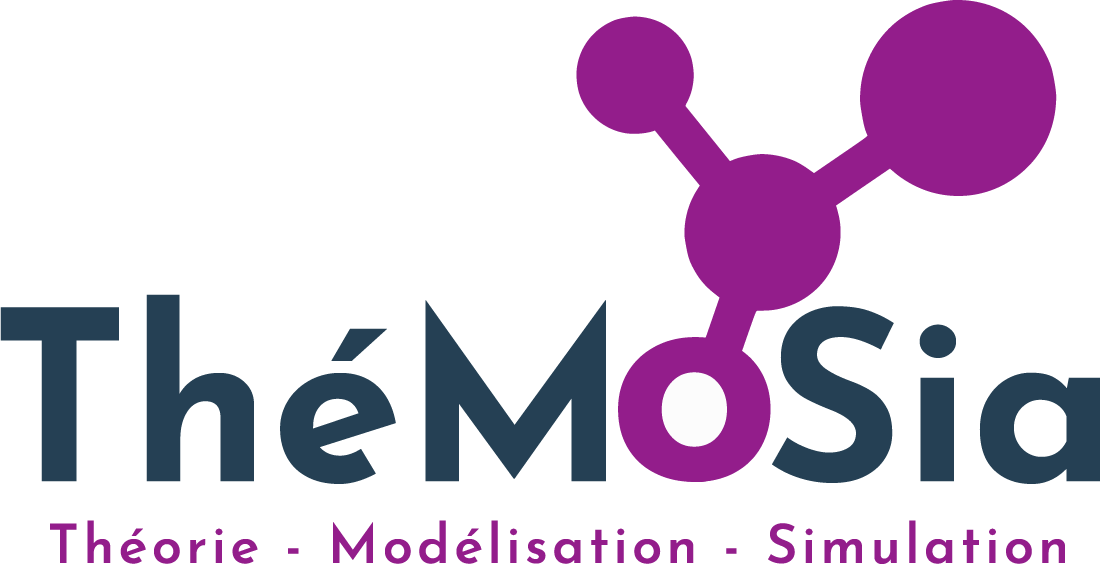
_ Themosia (CNRS Research Group GDR 2161)
Capacités expérimentales et instrumentales
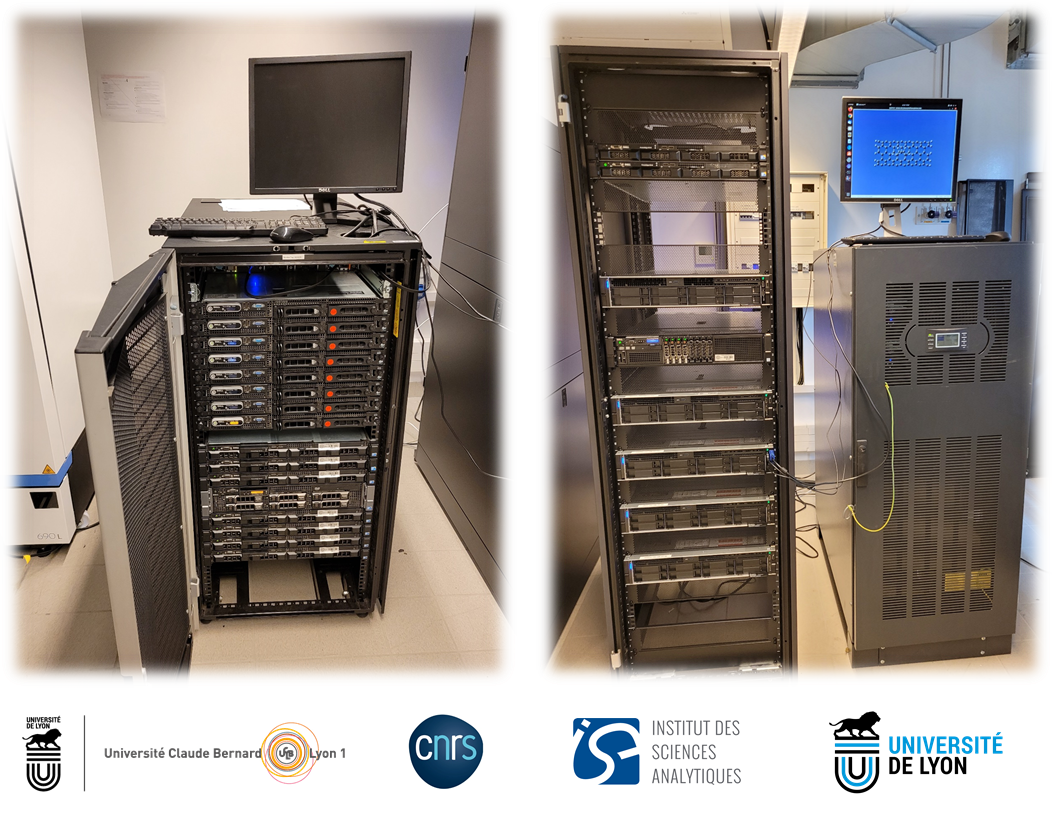
Plateformes de calcul haute performance :
Nous disposons d’une infrastructure de calcul haute performance qui constitue le pilier de nos activités de recherche en Chimie théorique et Intelligence artificielle. Cette plateforme nous permet d’exécuter des simulations complexes, d’entraîner des modèles d’apprentissage automatique de grande envergure et d’accélérer considérablement nos calculs. A ce jour nous possédons deux clusters comprennant:
_ 7 nœuds Dell Précision 7920 : Xéons (40 cœurs) et 256Go de RAM avec carte graphique NVidia
_ 1 noeud Dell pour calcul GPU (DataScience, DeepLearning, Machine Learning, Intelligence Artificielle) avec 2 x NVIDIA RTX A5000 24Go (8192 cœurs CUDA, 256 cœurs Tensor gen3, 64 cœurs RT 2ème gen, 4xDP)
_ 1 noeud Dell Poweredge R730, 2 Xéons (40 cœurs), 128Go de RAM.
_ 1 serveur de stockage de données interne + 1 serveur de stockage partagé.
Accès :
Plusieurs projets de l’équipe ont accès aux centres de calcul nationaux, l’IDRIS, centre de calcul du CNRS et le PSMN, centre du calcul de l’ENS Lyon.
Personnels
Chercheurs et enseignants-chercheurs
Soutien à la recherche
Doctorants
Autres
Publications (sources HAL)
Articles dans une revue
- Ana-Maria Brezoiu, Mihaela Deaconu, Raul-Augustin Mitran, Nada Sedky, Frédéric Schiets, et al.. Antioxidant and Anti-inflammatory Properties of Wild Bilberry Fruit Extracts Embedded in Mesoporous Silica-type Supports. A Stability Study. Antioxidants , 2024, 13 (2), pp.250. ?10.3390/antiox13020250?. ?hal-04545936?
- Nabila Benabila, Hafida Merouani, Nadjia Latelli, Abd Alghani May, Christophe Morell, et al.. DFT study of the condensation products of 2-chloro-3-formylquinolines with o-aminophenol, o-aminothiophenol and o-phenylenediamine. Theoretical Chemistry Accounts: Theory, Computation, and Modeling, 2023, 142 (11), pp.111. ?10.1007/s00214-023-03052-2?. ?hal-04279862?
- Douniazed Hannachi, Noureddine Khelfaoui, Meriem Zaidi, Diha Yahiaoui, Salima Lakehal, et al.. The effect of resonance-assisted hydrogen bond on the second-order nonlinear optical properties of pyridine hydrazone photoswitches: a quantum chemistry investigation. New Journal of Chemistry, 2023, 47 (39), pp.18359-18373. ?10.1039/d3nj02848h?. ?hal-04279849?
- Frédéric Guégan, Yanis Abid-Charef, Guillaume Hoffmann, Henry Chermette, Christophe Morell. Finishing (off) the Klopman–Salem model: the importance of density polarization energy. Theoretical Chemistry Accounts: Theory, Computation, and Modeling, 2023, 142 (10), pp.104. ?10.1007/s00214-023-03040-6?. ?hal-04227348?
- Léa Farouil, Yolène Duchaudé, Léa Zozo, Muriel Sylvestre, Florent Lafay, et al.. Cyclic voltammetry of immobilized particles as an alternative pesticide screening method for Aedes aegypti mosquitoes. Journal of Solid State Electrochemistry, 2023, ?10.1007/s10008-023-05398-w?. ?hal-03989889?
- Angelo Pio Sebaaly, Hugo Dias, Lorraine Christ, Lynda Merzoud, Henry Chermette, et al.. Insight into the Varying Reactivity of Different Catalysts for CO2 Cycloaddition into Styrene Oxide: An Experimental and DFT Study. International Journal of Molecular Sciences, 2023, 24 (3), pp.2123. ?10.3390/ijms24032123?. ?hal-04002418?
- Djamel Taharchaouche, Nadjia Latelli, Hafida Merouani, Boussebbat Wahiba, Naima Mechehoud, et al.. Degradation by hydrolysis of three triphenylmethane dyes: DFT and TD-DFT study. Theoretical Chemistry Accounts: Theory, Computation, and Modeling, 2023, 142 (1), pp.10. ?10.1007/s00214-022-02950-1?. ?hal-03917879?
- Gaëlle Daniele, Florent Lafay, Carine Arnaudguilhem, Sandra Mounicou, Alain Geffard, et al.. Evaluation of the accumulation of the iodinated contrast agents diatrizoic acid and iohexol in Dreissena polymorpha mollusks. Chemosphere, 2023, 312 (1), pp.137153. ?10.1016/j.chemosphere.2022.137153?. ?hal-03870563?
- Chafia Sobhi, Lynda Merzoud, Souad Bouasla, Abdelmalek Khorief Nacereddine, Christophe Morell, et al.. Understanding the Mechanism and Regio-and Stereo selectivity of [3+2] Cycloaddition Reactions between Substituted Azomethine ylide and 3,3,3-Trifluoro-1-nitroprop-1-ene, within the Molecular Electron Density Theory. Journal of Computational Chemistry, In press, 44 (12), pp.1208-1220. ?10.1002/jcc.27080?. ?hal-03932754?
- Aël Cador, Guillaume Hoffmann, Vincent Tognetti, Laurent Joubert. A theoretical study on aza-Michael additions. Theoretical Chemistry Accounts: Theory, Computation, and Modeling, 2022, 141 (11), pp.70. ?10.1007/s00214-022-02921-6?. ?hal-04002432?
- Imene Derbali, Olivier Aroule, Guillaume Hoffmann, R. Thissen, Christian Alcaraz, et al.. On the relevance of the electron density analysis for the study of microhydration and its impact on the formation of a peptide-like bond. Theoretical Chemistry Accounts: Theory, Computation, and Modeling, 2022, ?10.1007/s00214-022-02893-7?. ?hal-03719937?
- Nawel Redjem, Salima Lakehal, Aicha Lakehal, Christophe Morell, Lynda Merzoud, et al.. Reactivity and a Charge-Transfer Model Analysis in Aminopolycarboxylic–Metal Complexes. Inorganic Chemistry, 2022, 61 (11), pp.4673-4680. ?10.1021/acs.inorgchem.1c03860?. ?hal-04279835?
- Christophe Morell, André Grand, Alejandro Toro-Labbé. Theoretical support for using the Δf(r) descriptor. Chemical Physics Letters, 2006, 425 (4-6), pp.342-346. ?10.1016/j.cplett.2006.05.003?. ?hal-04230152?
- Christophe Morell, André Grand, Alejandro Toro-Labbé. New Dual Descriptor for Chemical Reactivity. Journal of Physical Chemistry A, 2005, 109 (1), pp.205-212. ?10.1021/jp046577a?. ?hal-04230126?


